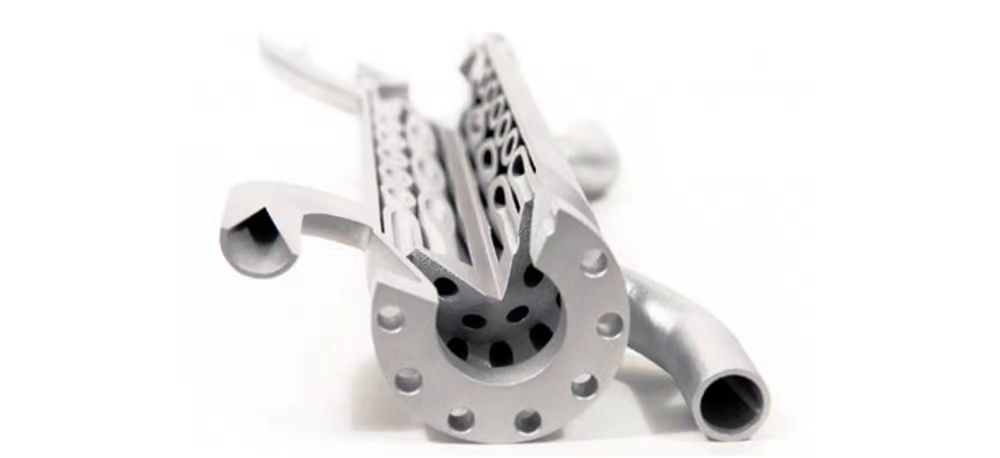Additive manufacturing presents a plethora of benefits and can be widely leveraged within the energy sector. From speeding up the product development process to reducing lead times for spare parts acquisition, the benefits of additive manufacturing are limitless. We explore the use applications of additive manufacturing in the energy industry below.
Additive manufacturing in the energy sector
Additive manufacturing can help to save time and costs, and is disrupting the energy sector with its transformative solutions. According to a report by 3D Printing in Oil & Gas – Thematic Research, the additive manufacturing market is projected to be worth over $60 billion by 2030.
While the Oil & Gas industry lags behind other industries in the adoption of additive manufacturing technologies, oil price volatility and shifts towards finding alternative energy sources mean a reduction in operational costs is necessary. In Oil & Gas, applications and benefits include manufacturing spare parts on site, reducing the risk of obsolete parts, and parts availability on demand. There’s a growing need for complex equipment designs to boost efficiency in operations and supply chains due to growing competition from other energy sectors.
Additive manufacturing is revolutionizing the design and development of spare parts to ensure more efficient components in the energy sector, improving the performance of various systems ranging from gas turbines to heat exchangers.
Use cases of additive manufacturing in the energy sector
Additive manufacturing is also powering the renewable energy transition by optimizing components across a host of renewable energy sectors. From designing and manufacturing more cost-effective nuclear reactor components to lowering the carbon footprints of various manufacturing firms, additive manufacturing is being aggressively applied in various ways.
Below are some of the useful applications of additive manufacturing in the energy sector:
1 : Renewable energy
Long lead times for spare parts acquisition in renewable energy industries such as wind and solar power can have a dramatic impact on operations and supply chains. Off-shore wind farms, in particular, may experience major issues with spare parts acquisition due to their remote locations, resulting in increasing inventory levels to ensure continuity. Additive manufacturing can boost operational performance, facilitate spare parts acquisition, and drive time to market. Use cases for additive manufacturing in renewable energy include high-performance polymer 3D printing of complex designs to optimize efficiency.
2 : Fossil fuels
Utilizing additive manufacturing in fossil fuel-powered energy provides incredible success rates across supply chains. In 2015, researchers at Siemens collaborated with a natural gas facility to manufacture a burner head that would be used in a gas turbine. With this being one of the first applications of additive manufacturing in fossil fuels and more specifically in the Oil & Gas industry, the technology has since grown in popularity for its ability to provide greater cost savings, improve supply chains, and increase engine efficiency with optimal redesigns for gas turbines.
Immensa’s leading additive manufacturing and digital warehousing solutions
As the first ISO-certified additive manufacturing company in the MENA region, Immensa is transforming the world’s spare parts supply chain. With the largest team of specialized Additive Manufacturing engineers and technicians in the region, we serve the Energy sector with our advanced additive manufacturing and digital warehousing solutions.
Gain on-demand access to spare parts with our additive manufacturing solutions reducing your lead time, with minimized costs across warehousing and logistics when utilizing our digital inventory solutions. At Immensa, our cutting-edge solutions also reduce our clients’ carbon emissions.
Interested in learning more about our additive manufacturing and digital warehousing solutions?
Visit our website to get in touch with our expert team and learn more about our solutions today.

